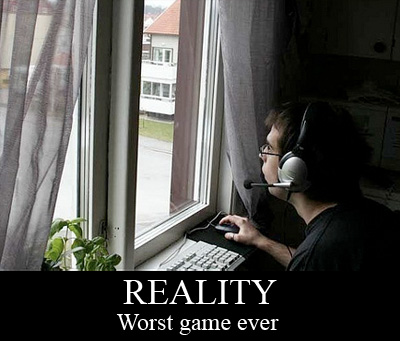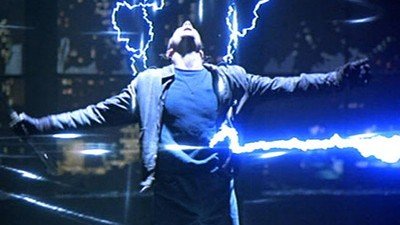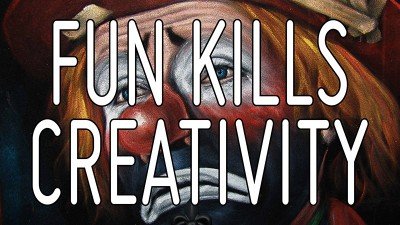Design your team like you would a game
 Compared to video games, life can feel bland. Video games have an incredible power of motivation and this is why the American government has been looking into applying their appeal in the education field and gamification has become quite a buzzword around many industries that want to engage customers with products and brands. As I identified key elements of how well made games engaged their players, I started realizing that the same principles could be applied in structuring a team of professionals in order for them to feel engaged and safe to be creative.
Compared to video games, life can feel bland. Video games have an incredible power of motivation and this is why the American government has been looking into applying their appeal in the education field and gamification has become quite a buzzword around many industries that want to engage customers with products and brands. As I identified key elements of how well made games engaged their players, I started realizing that the same principles could be applied in structuring a team of professionals in order for them to feel engaged and safe to be creative.
Reality gives unclear feedback because its functioning is hard to interpret and its perceived reaction often delayed. For instance, when choosing between an open or fixed rate for your mortgage, it is hard to feel something else than anxiety as you will only know if you made the right choice in years. Games avoid that looming feeling of anxiety as they will often give you immediate feedback on the action or decision that was taken. Also, good games have clear rules that help evaluate the value of different actions that can be taken within them. With clear ways to anticipate the results of different moves, the participant can start to develop his own strategies and try to optimize his results.
Creativity is a frightening place, mainly because you are looking for solutions to a problem that hasn’t been solved yet. To engage in this difficult search, you need to allow yourself the possibility of being wrong or you won’t be able to go out of the beaten paths. As a creative manager, you need to establish the framework in which your collaborators will understand how they can score points in the clearest way possible. Short of this, the solutions that are brought up can’t be evaluated in a constructive fashion, and “No, because I don’t like it” can very quickly sound like “No, because I don’t like you”. In such an unstructured environment, one can only rely on intuition and gut feeling and the whole discussion will only revolve around personal opinions. While luck can be on your side and help you make it through, this situation is also prone to encourage internal politics that can only lead to herd behavior and consensual thinking that defeat the purpose of creativity.
In such an unstructured environment, one can only rely on intuition and gut feeling and the whole discussion will only revolve around personal opinions.
If instead, you spend the time to clearly establish the problem you want your team to solve and write down the metrics by which you will evaluate the different solutions that will arise, you create a very different dynamic. If the rules of your creative game of “find-the-most-adapted-solutions” are very clear, shared and don’t suffer misinterpretation, even an idea that scores poorly can be an opportunity to better understand the characteristics of the task, or a chance to refine them if they needed better definition. It then becomes easier to discuss the proposed solutions detached from their initiator and to find the one that scores on all criteria, or to point at the weak spot and then ask for another proposal that will score higher.
Creative people just want to perform at their best and see the team succeed in finding the best solutions to the problems at hand. Formulate the rules of evaluation of the propositions as clearly as you would explain the rules of a game, you will offer your collaborators a work environment that encourages creativity by making it safe, comprehensible and engaging.
Other articles you might like:
Article: Lifting the designer's curse
We need to better understand and support game designers in their work, or the whole project will fall apart.
Video: Fun kills creativity
Fun is a dangerous word to use in a creative environment.
Article: Old grumpy design syndrome
Experienced creatives and designers can become toxic if poorly managed. Here is how to defuse the situation.




